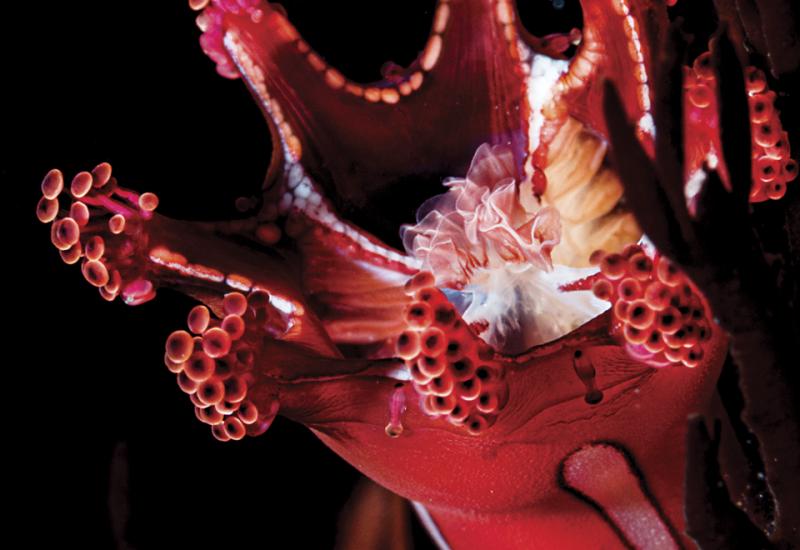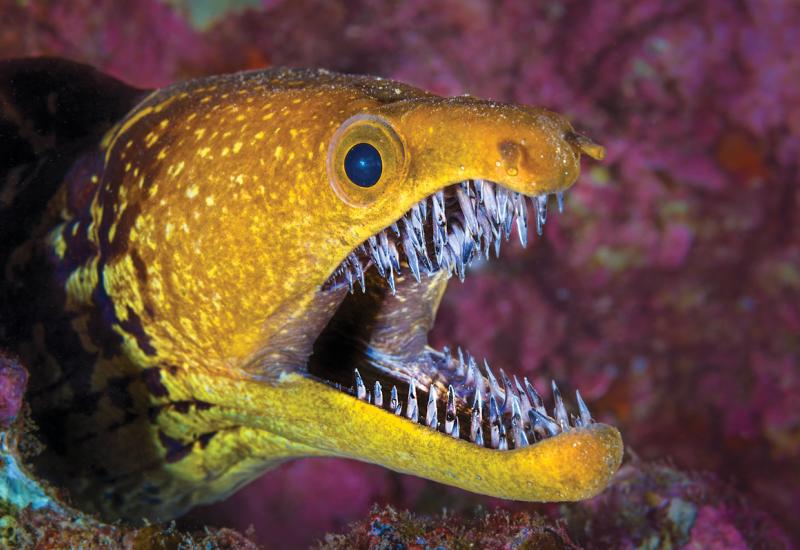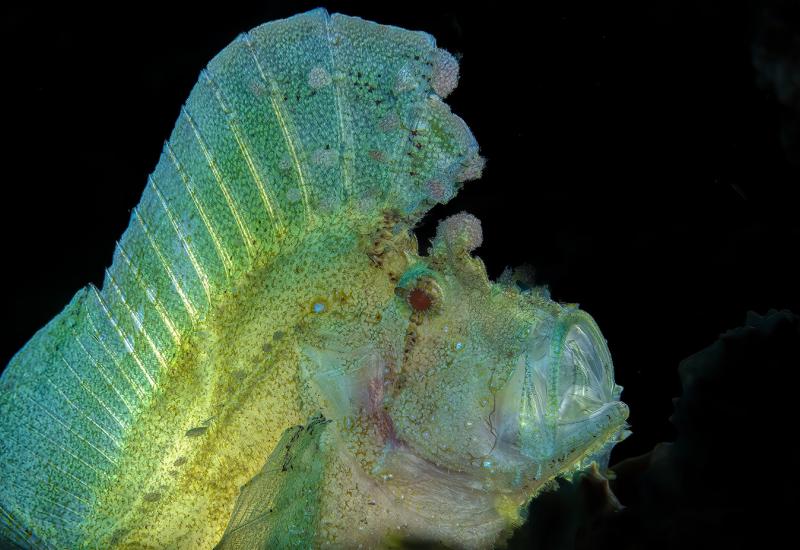Scuba Diving with Harbor Seals
Spotting harbor seals underwater can be a thrilling treat for scuba divers. These intelligent, curious and playful marine mammals can easily entertain their human visitors for entire dives if they deign to stick around that long. The pinnipeds often swoop in from behind or approach through thick kelp forests before performing their underwater acrobatics for lucky divers. Like all intelligent marine mammals, each harbor seal has its own personality — some friendly and playful, others skittish and standoffish.
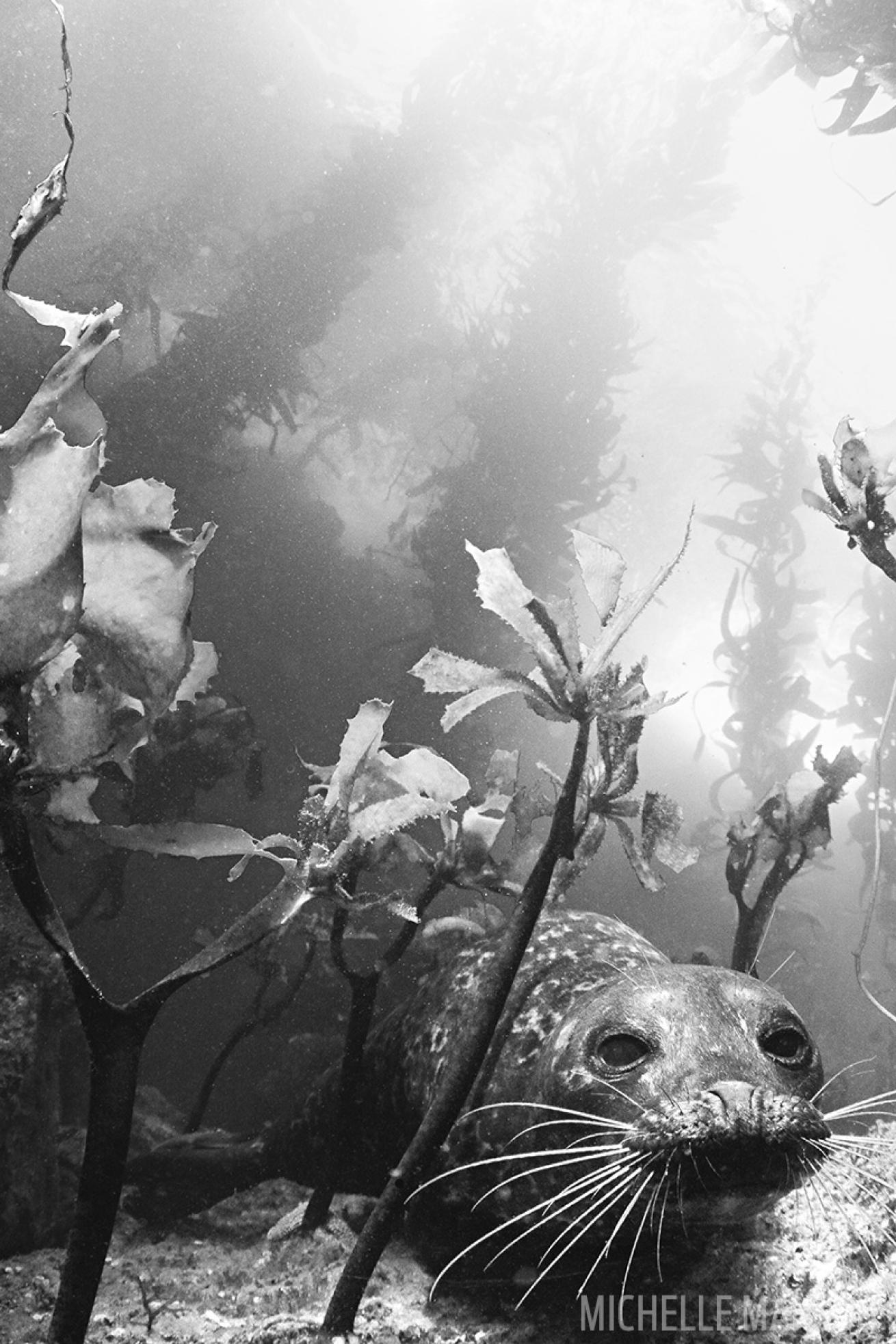
Michelle MansonHarbor seal pups are capable of swimming and diving within hours of being born.
Harbor seals (also called common seals) have the widest range of all the pinnipeds, a name that means “fin-footed” in Latin, and includes seals, sea lions and walruses. Harbor seals live on both the Pacific and Atlantic coasts of the U.S., ranging from Alaska to Baja California, and from the Carolinas to northern Europe. Although they’re quite common, they’re not spotted as frequently as their more gregarious cousins, the California sea lions.
Harbor seals are true seals, part of the family Phocidae, which means they don’t have external ear flaps, and their short flippers require them to crawl on their bellies on land. In contrast, sea lions do have ear flaps, and their long flippers allow them to walk on land. That’s why sea lions are often spotted on docks and beaches, while harbor seals spend most of their lives in the water, coming onto land mainly to breed or give birth. In fact, harbor seals can even sleep in the water using a move called “bottling,” in which they hover just below the water’s surface, with only their nose sticking out to breathe.
Playful Pinnipeds: A Gallery Of Photo Contest Seals And Sea Lions
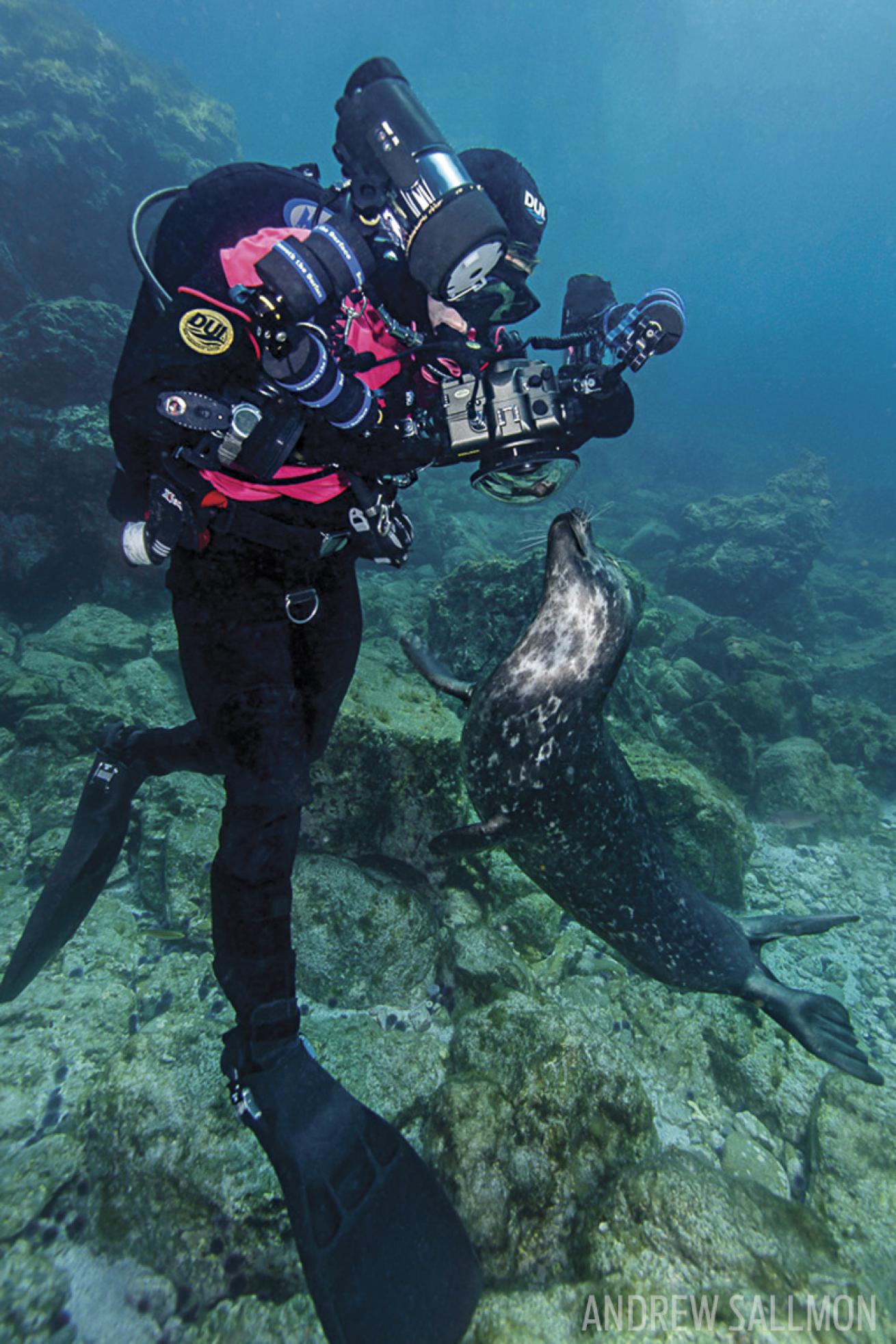
Andrew SallmonA curious juvenile; harbor seals become less playful as they mature.
Harbor seals subsist primarily on fish, though they will certainly make a meal of squid, crabs, shrimp and other shell-fish when they can. Underwater, they are fast, agile swimmers capable of chasing down fi sh like mackerel and herring. Their senses are especially well-tuned to hunting underwater, with vision adapted to low light and excellent underwater hearing, and they can move their whiskers back and forth like antennae to detect vibrations in the water.
Divers looking for in-water encounters with harbor seals should take the plunge in the kelp forests along the California coast. They are often spotted in areas like Monterey Bay and the Channel Islands off Santa Barbara. In the springtime, the Channel Islands serves as a vital rookery for harbor seals, where they congregate to mate and birth their young. Point Bennett on San Miguel Island is one of the largest, most famous rookeries, where six different types of pinnipeds gather.
Dive trips to the kelp forests and undersea pinnacles of the Channel Islands — like those offered by Santa Barbara-based liveaboard operator Truth Aquatics — provide the best opportunity to see harbor seals in their natural environment.
FAST FACTS
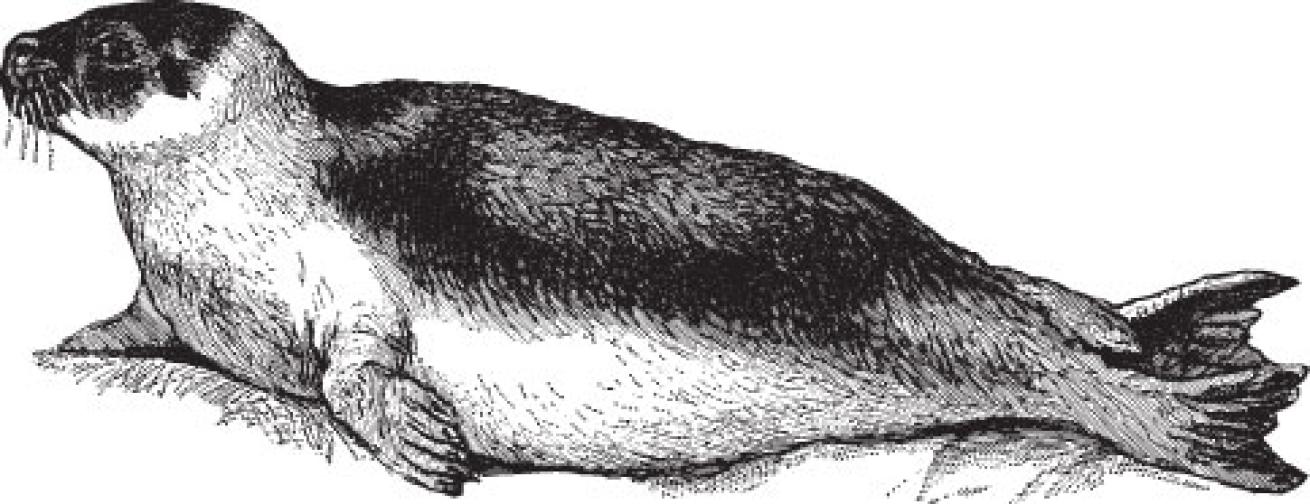
ShutterstockFriendly to divers; use care approaching mothers with pups.
MAX LENGTH
6 Feet
WEIGHT
300 Pounds
LIFE SPAN
40 Years
CONSERVATION STATUS
Listed as a "species of least concern" on the IUCN red list.
FUN FACT
Can dive 1,500 feet underwater and stay submerged for more than 30 minutes.
DANGER INDEX
Friendly to divers; use care approaching mothers with pups.

